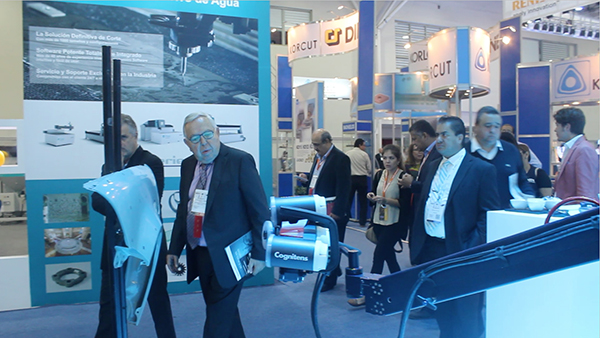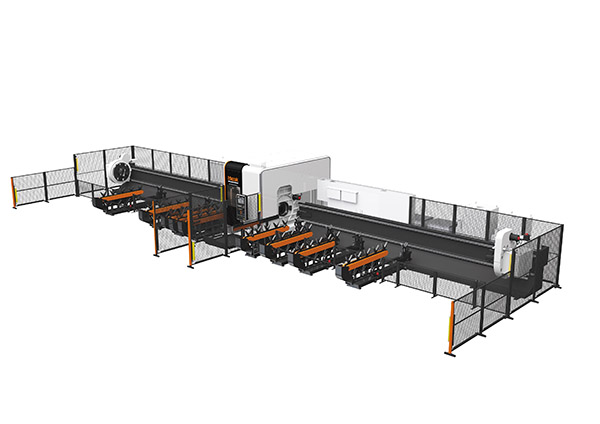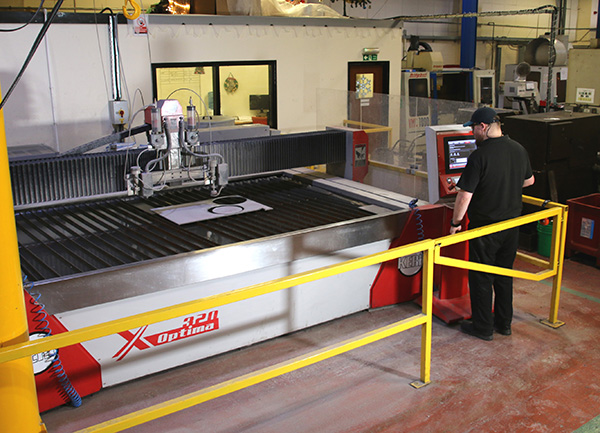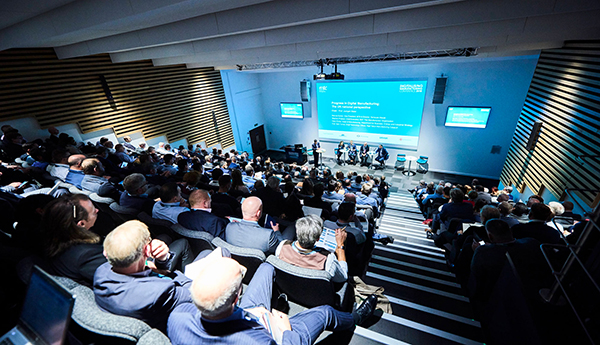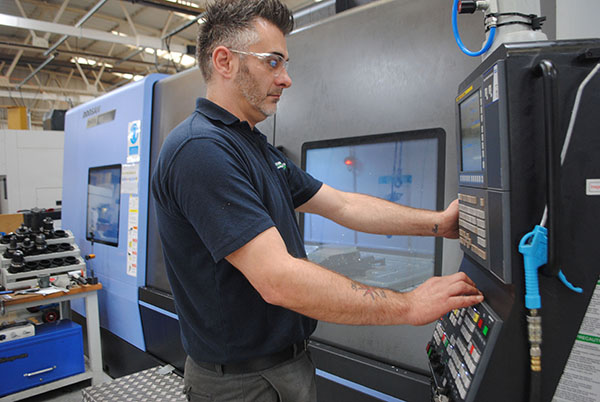Hobbs Precision Engineering, a subcontract machining business that primarily manufactures components for Hobbs Valve, has recently invested in an Optima 320 twin head waterjet machine from Kerf Developments.

Revealing why the company opted for a waterjet machine, Hobbs Precision Engineering’s machine shop manager Craig Llywellyn says: “We identified that we could produce over 1500 clamp-ring parts in-house every year, something that would reduce our subcontract reliance, valve unit costs and improve overall production scheduling and lead-times – and waterjet was the only feasible option. Laser or plasma cutting would introduce heat, which would impact the properties and conformity of our parts. We investigated the options and the Kerf Optima 320 had the best build quality, software, productivity performance and value for our business.”
The clamp-ring components are manufactured from aluminium bronze and a range of stainless steels that vary from 316 to super duplex, with dimensions from 50 to 1200 mm diameter, in thicknesses from 4 to 12 mm.
“By bringing the production of clamp-ring parts in-house, we have reduced our subcontracting costs by over £30,000 per year,” says Llywellyn. “Furthermore, we have gained greater control over our processes and quality, while reducing the lead-time for these parts from four weeks to just one day. Triple offset butterfly valves are bespoke products that are not volume manufactured, so the ability to stock material and produce clamp rings when required gives us the flexibility and reaction time required for components which are produced in volumes from 1 to 10-off.”
Hobbs Precision Engineering has also applied the machine to the production of end plates for the butterfly valves, a move which has reduced subcontracting costs by an additional £20,000 per annum.
For further information www.kerfdevelopments.com







